
Anyone has the ability to capture an image of a black hole: all you need to do is purchase a stout, ❓ a type of dark beer brewed with charred malt, preferably with a less voluminous foam that lingers for a longer period of time. Pour the beer into a glass, insert your finger into the center of the glass, quickly remove it, and snap a picture. By doing so, you will achieve a remarkable depiction of a black hole (just remember to remove your finger swiftly) – a task that took scientists a couple of decades to accomplish.
What is the concept of a black hole?
Let’s begin with the idea. We are aware that for an entity, such as a human or a spacecraft, to depart from Earth and travel to a destination like Mars, it must initiate from the surface with the second cosmic velocity, which can be easily determined using the formula V 2 = 2GM/R . Therefore, the key details required for calculations include the mass ( M ) and radius of the entity ( R ), in addition to the gravitational constant value ( G ) that should be referenced. For Earth, the second cosmic velocity is 11.2 km/s.
A black hole is an entity with a second cosmic velocity that matches or exceeds the speed of light; it is an immensely massive and compact object from which nothing, including photons or light particles, can escape.
For a century, scientists have been attempting to experimentally verify Einstein’s general theory of relativity and, specifically, the underlying postulates. One well-known postulate is the assertion that the speed of light in a vacuum is the ultimate speed limit in our Universe. As a result, any object that is sufficiently massive and compact will become a black hole. The reason for this designation is that nothing, not even light, can escape its gravitational pull, preventing any visible radiation from being emitted.
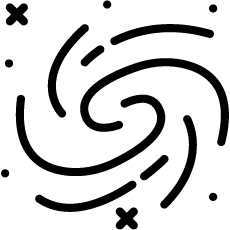
To determine the dimensions of a black hole, one can utilize the equation for the second cosmic velocity by substituting V 2 with c 2 (the square of the speed of light). The dimensions of the black hole, denoted as Rg, establish the existence of the event horizon. This event horizon is located at a specific distance from the center where the second cosmic velocity matches the speed of light. This distance is referred to as the gravitational radius or the Schwarzschild radius, and it can be calculated using the formula Rg=2GM/s 2 .

Scientists hypothesize that enormous black holes exist not only at the cores of distant galaxies, but also at the core of our own Milky Way. Surrounding the core of an active galaxy is a disk composed of gas and dust, and material from the inner regions of this disk spirals inward towards the black hole at the center. Simultaneously, approximately 10% of this material is expelled outward in the form of narrow, high-temperature jets. In addition to the matter, the central supermassive black hole also attracts and accumulates a magnetic field, which forms a coiled structure resembling a spring. This electromagnetic spring is capable of exerting an outward force on the matter, even accelerating it to velocities approaching the speed of light. Astronomers are able to detect the emission of electrons from these accelerated jets.
Based on our knowledge from a physical optics class in high school, we understand that the tiniest feature that can be distinguished by an individual optical or radio mirror in the sky (referred to as the finest scale) is determined by the equation λ / D, where λ represents the wavelength of the observation and D represents the diameter of the mirror. However, due to the use of long wavelengths in radio astronomy, anything that radio astronomers observe in the sky through a telescope appears as a small point to them.
However, more than 50 years ago, three Soviet radio astronomers – Leonid Matveenko, Nikolai Kardashev, and Gennady Sholomitsky – introduced an innovative concept known as the Superwave Radio Interferometer. It was an advanced ultra-long-base radio interferometer.. Their proposal involved the integration of numerous radio telescopes, strategically positioned across various locations on Earth or even deployed in space, to function collectively as a unified system. In this scenario, the previously mentioned formula would be modified from λ / D to the wavelength divided by the distance between the telescopes: λ / B! Essentially, by employing an interferometer, this type of system offers the highest angular resolution attainable in astronomy.
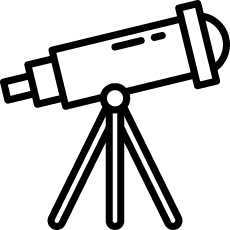
The angular resolution of the Hubble Optical Space Telescope is 50 milliseconds of arc, and it is capable of capturing images that are a thousand times smaller than the shadow of a black hole! Infrared telescopes have the potential to achieve similar results, but there are challenges with synchronization that currently prevent this technology from reaching the desired level of sensitivity in the infrared range.
However, interferometers play a crucial role in our everyday lives. Specifically, radio interferometers can serve as a means to utilize galaxies located at significant distances as fixed reference points, essentially acting as celestial markers against which Earth’s coordinates can be measured. This allows for the determination of various parameters, such as the Earth’s rotational characteristics and the movement of its rotational axis across the sky due to nutation. Such information is vital for the functioning of global positioning systems like GLONASS and GPS, and measurements are conducted on a near-daily basis.
About “black hole photography”
“Capturing an image of a black hole involves capturing a luminous ring that surrounds the event horizon, and achieving the necessary angular resolution to observe it is a tremendous challenge. Traditional telescopes lack the capability to discern the intricate details of these objects. However, a breakthrough was achieved using an interferometer system.
Therefore, what the scientists have obtained is not a traditional photograph, but a reconstructed representation of the luminous photon ring encircling the central black hole in the Virgo A galaxy. This reconstruction was made possible through the utilization of complex mathematical techniques applied to data collected by the interferometer.
Observing the black hole itself is an unattainable task as it is completely devoid of light, absorbing all the surrounding illumination. Instead, we are able to perceive the luminous ring that emanates from the matter-filled disk encircling the black hole. The initiative responsible for acquiring the crucial data needed to visualize a black hole is known as The Event Horizon Telescope. This groundbreaking system comprises of eight antennas, with the paramount one being ALMA, situated in Chile at a staggering altitude of five kilometers above sea level. ALMA, being the largest antenna, possesses unparalleled sensitivity.

The interferometer does not capture a photograph. It measures complex quantities that enable scientists to create an image of a black hole. Let’s imagine that I am a builder constructing a massive telescope the size of planet Earth. Currently, I have only built the framework and have not yet placed mirrors on it. However, each pair of telescopes in the interferometer system allows me to add multiple mirrors to the framework. The more pairs of telescopes involved in the system, the more mirrors I can add to the framework. This results in higher quality measurements and a better ability to reconstruct an image of the celestial object being studied.
In order to enhance the quality of the resulting image, there are two possible approaches. The first option is to increase the number of telescopes used. Alternatively, the second option is to adjust the rotation of the Earth. Currently, scientists have focused on the latter method, as the Earth naturally rotates without any additional effort on our part, whereas telescopes can be quite expensive. This strategy allows us to progressively improve the composition of our empty frame with mirrors, resulting in a better reconstruction of the black hole’s shadow. ❓ For those with a technical background, let me provide an explanation: an interferometer measures various parameters of the Fourier spectrum, and astronomers utilize a limited number of these measured harmonics to reconstruct images.
Visualizing the Interferometer Data: A Unique Approach
In the study of black holes, scientists have devised various methods for reconstructing their images. In order to validate the accuracy of their findings, they implemented a unique strategy: the team within the Event Horizon Telescope collaboration was divided into multiple groups, each independently reconstructing the image using different techniques and with a strict prohibition on communication between them. Once complete, the scientists convened to compare their results. Astonishingly, all the images matched with over 90% accuracy, providing a high level of confidence in the correctness and validity of the reconstructed images.

What makes scientists believe that the “photo” represents a black hole? By analyzing the dimensions of the shadow, we can approximate the mass of the black hole in the observed galaxy Virgo A. This particular galaxy is one of the most active ones in close proximity to us, with a highly emitting center. The estimated mass was found to be around 6 billion times that of the Sun, which aligns with independent estimates made over the past 10-20 years using entirely different methods. Essentially, the size of the shadow matched our expectations precisely. Ultimately, this is likely the main piece of evidence supporting the notion that the dark spot surrounded by a halo is indeed the shadow of a black hole.
About the black hole at the heart of the Milky Way galaxy
To achieve a revolutionary advancement in our comprehension of black holes, it is imperative to conduct a thorough analysis of the black hole residing in the core of our Galaxy, as it is the mass of this celestial body that we possess a remarkable level of accuracy in determining. ❓ In the year 2020, a significant portion of the Nobel Prize in Physics was awarded specifically for the precise measurement of the mass of the central compact entity in our Galaxy.
The constellation Sagittarius (Latin: Sagittarius) serves as the focal point of our Galaxy, with the compact object known as Sgr A* residing in its center. Surrounding this object, one can observe the movement of stars and analyze the characteristics of their orbits. In this case, the principles of physics taught in school, specifically the generalized laws of Kepler, prove to be invaluable. By obtaining information about the orbit’s parameters, the star’s period of orbital motion, and the size of the orbits, it becomes possible to accurately determine the mass of the black hole.
So, to ensure precise measurement of the mass of the black hole at the heart of the Milky Way, we have determined that it corresponds to a mere 4 million solar masses. This is a relatively small mass. For comparison, the event horizon of Virgo A (where the discussed image is captured from) spans approximately one and a half light days. In contrast, the event horizon of the black hole in our Galaxy’s center is a thousand times smaller, making it quite diminutive. Additionally, the halo surrounding this black hole undergoes continuous transformations, constantly altering its appearance.

The challenge of capturing an image of the black hole situated in the heart of our Milky Way can be likened to the struggle parents face when attempting to photograph their energetic and constantly moving child. Just like the child’s image is constantly changing due to their perpetual spinning, the same phenomenon occurs at the core of our Galaxy. Moreover, we have recently uncovered a complex radiation scattering effect during our observations with Radio Astron. This scattering phenomenon takes place within a turbulent cloud of interstellar plasma, which is positioned halfway between Earth and the center of our Galaxy. This cloud consists of freely roaming electrons.

Currently, scientists from Russia, Europe, and America are collaborating on a ground-based space interferometer project. This project aims to operate at millimeter wavelengths and is expected to provide a quicker image of the black hole’s shadow in the Milky Way’s center. The Russian Millimetron is an integral part of this collaboration and holds great promise.
What comes after? Why do scientists desire a black hole at the core of the Milky Way? We have precise knowledge of the mass and distance to Sgr A*, therefore we intend to examine Einstein’s general theory of relativity within the intense gravitational field of this black hole. The theory of relativity has undergone testing for a century, and up to this point, its forecasts have aligned with the outcomes of all experiments. Now, it is time to advance its progress.
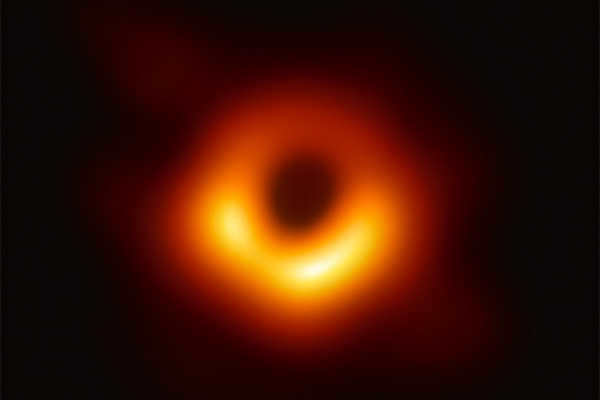
For the first time ever, on April 10th, the world witnessed a photograph of a black hole. This incredible discovery showcases a supermassive entity located 53 million light-years away from Earth, appearing as a captivating dark circle enveloped by an orange halo. Prior to this groundbreaking moment, our understanding of black holes was limited to reconstructions derived from Einstein’s equations. Now, thanks to this extraordinary image, scientists can confirm that black holes truly resemble our imaginations. In an enlightening article, “Lenta.ru” details the process behind capturing this image and the profound implications it holds for the field of science.
Unseen creatures
The invisible creature, known as Powehi (Powehi) – meaning “adorned with a bottomless source of darkness” in Hawaiian – is located at such a vast distance from Earth that it cannot be observed in detail using a single radio telescope. Similar to other unseen beings, it possesses an immense density (when considering its central point rather than the entire volume of the Schwarzschild sphere) and exerts such intense gravitational force that it warps the fabric of space and time surrounding it. This warping is so extreme that it creates a region from which no possible trajectory leads outward. Referred to as the event horizon, anything that ventures beyond this boundary (including visible light and other forms of electromagnetic radiation) is unable to return.
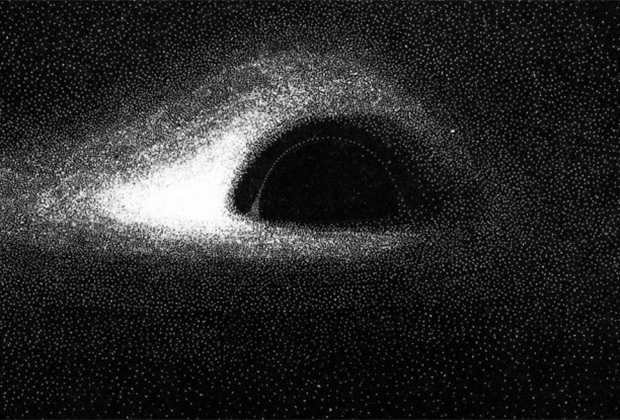
Scientists have never questioned the presence of black holes in recent years, despite the fact that the direct observation of these entities is hindered by their inherent properties. Researchers have employed indirect techniques, such as analyzing the movements of celestial bodies around empty spaces in the cosmos or evaluating the mass and dimensions of objects that emit strong radiation. However, distinguishing the darkness of the event horizon amidst the luminosity of stars and gases has remained an insurmountable challenge for all.
Building an Image: Step by Step
In order to capture an image of a black hole, a telescope the size of the entire Earth is required, along with another crucial tool – an algorithm that can compile the gathered data into a complete picture. Katie Bowman, a member of the research team responsible for developing this algorithm, was once a student focused on teaching computers to identify images from distorted information. Working alongside her supervisor, Bill Freeman, they devised a technique to detect objects that were “hidden” within the vague, penumbra shadows cast by the edges of buildings. This breakthrough enabled them to reveal what lay beyond these obstructing corners.
The Event Horizon Telescope is a network of eight observatories located around the world. These observatories operate synchronized radio telescopes that are connected by an ultra-precise atomic clock. Although they function as a single, massive telescope with a diameter of 10,000 kilometers, the amount of information they can gather is still significantly less compared to an ideal radio telescope with a dish of the same size. However, this limitation can be mitigated to some extent by taking advantage of the Earth’s rotation around its axis, which allows for the collection of additional radio waves. The major challenge lies in the resulting image being highly distorted by noise. Fortunately, Kathy Bowman has developed an algorithm that can effectively eliminate this noise and generate a satisfactory picture.
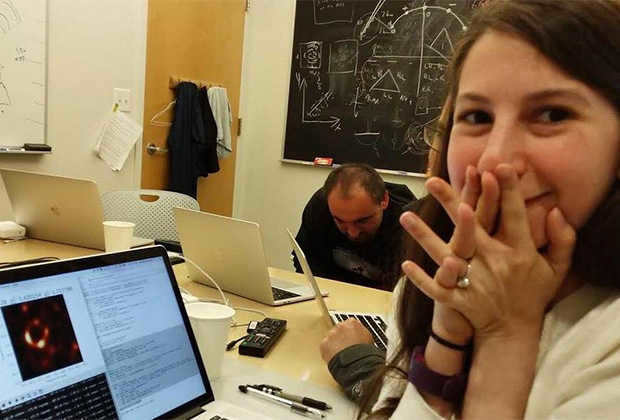
The data obtained from radio telescopes can be interpreted in various manners, resulting in a diverse collection of images. Nevertheless, it must be understood that researchers do not simply create visual representations based on their own preconceived notions of how a black hole should appear. There are stringent constraints based on astronomers’ understanding of the universe. Scientists possess knowledge of what celestial objects should resemble, as well as what they should not. This enables them to eliminate countless possibilities that depict entities which cannot exist at the core of galaxies.
The algorithm functions as a puzzle assembler, piecing together a comprehensive representation from the limited data acquired by telescopes. It utilizes fragments from thousands of cosmic and terrestrial images to construct a cohesive picture. By comparing various sets of images, the algorithm can confirm its accuracy if it produces an image resembling a black hole (which we have simulated).
Essentially, the reconstructed black hole photo is a mosaic comprised of fragments from diverse images, including everyday photographs. If the algorithm were flawed, the outcome would heavily rely on the specific set of images used, potentially resulting in a wedding ceremony photo instead of a black hole depiction.
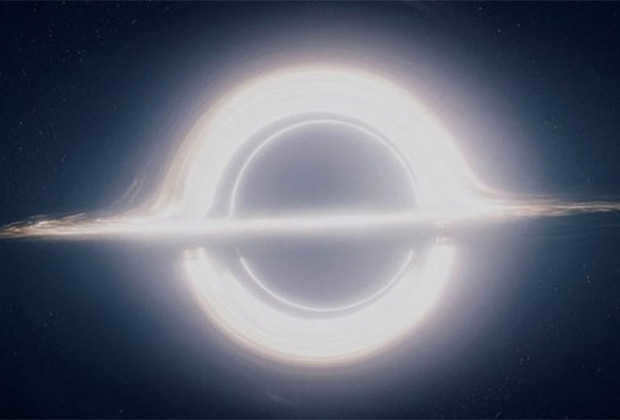
Everything fell into place
The image captured of a supermassive black hole in the M87 galaxy aligns with the predictions of Einstein’s theory of relativity, enabling scientists to determine the mass and size of this extraordinary object. It surpasses the scale of the entire solar system, measuring a staggering 40 billion kilometers. Additionally, it holds the mass equivalent to 6.5 billion suns. However, the most captivating aspect of this photograph, which was the primary focus, is the dark circular region situated at the center of the halo, depicted in conventional hues. This marks the black hole’s shadow, indicative of its event horizon.
The black hole itself is not visible, but its silhouette can be clearly observed against the backdrop of matter being absorbed. The Pole of Poeha is positioned towards Earth, allowing astronomers to view the luminous gas swirling around the black hole “from above.” Even if the black hole were observed from a different angle, calculations indicate that the matter would still follow trajectories that reveal its shadow. It is intriguing to note that the shape of the shadow provides valuable insights into the characteristics of a black hole, such as its rotational properties, and serves as a means to differentiate it from a wormhole.
Future Achievements
In order to gain new insights into the space creature in M87, scientists will need to thoroughly examine the photograph. Furthermore, researchers are currently engaged in processing data collected from observing the center of the Milky Way, where the black hole Sgr A* is located. There is a possibility that a more impressive image of a supermassive black hole, which is considerably closer to Earth, about 25 thousand light years away, may soon be released. As the Milky Way is much more tranquil compared to the active and elliptical M87, astronomers will have the opportunity to gain a deeper understanding of the behavior of black holes in varying environments.
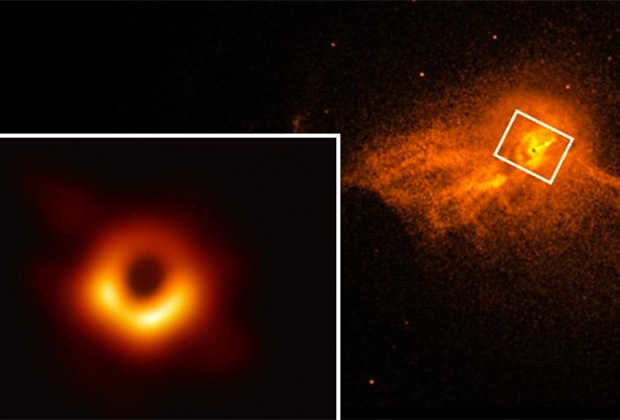
In the coming years, astronomers will be equipped with an expanded array of instruments as part of the Event Horizon Telescope network. As a result, the project will welcome the inclusion of the Kitt Peak National Observatory in Arizona (USA) and the NOEMA millimeter array in the French Alps, both set to join in 2020. This exciting development promises to offer a more comprehensive understanding of the phenomena occurring in close proximity to the black hole. One such phenomenon is the relativistic jet emanating from the core of M87, which stretches an impressive five thousand light years. Additionally, the utilization of electromagnetic radiation with a slightly higher frequency is expected to enhance the clarity of the forthcoming images.
Unfortunately, Russia is not participating in the project and is remaining on the sidelines. Vyacheslav Dokuchaev, a leading researcher at the Institute of Nuclear Research of the Russian Academy of Sciences, stated that the country does not have a radio telescope in the millimeter range that could be included in the Event Horizon Telescope.
In the center of our galaxy, there exists a black hole that scientists have successfully captured and shared with the world. The Event Horizon Telescope (EHT) is being used to study it. Previously, only one photograph of a black hole had been taken, making this a remarkable breakthrough. “Hitech” explores why it is crucial for us to gain a comprehensive understanding of our closest black hole.
Discover “Hitech” on
Capturing an entity that does not emit any light poses a significant challenge. Eight international astronomical institutions joined forces to capture the second-ever photograph of a black hole.
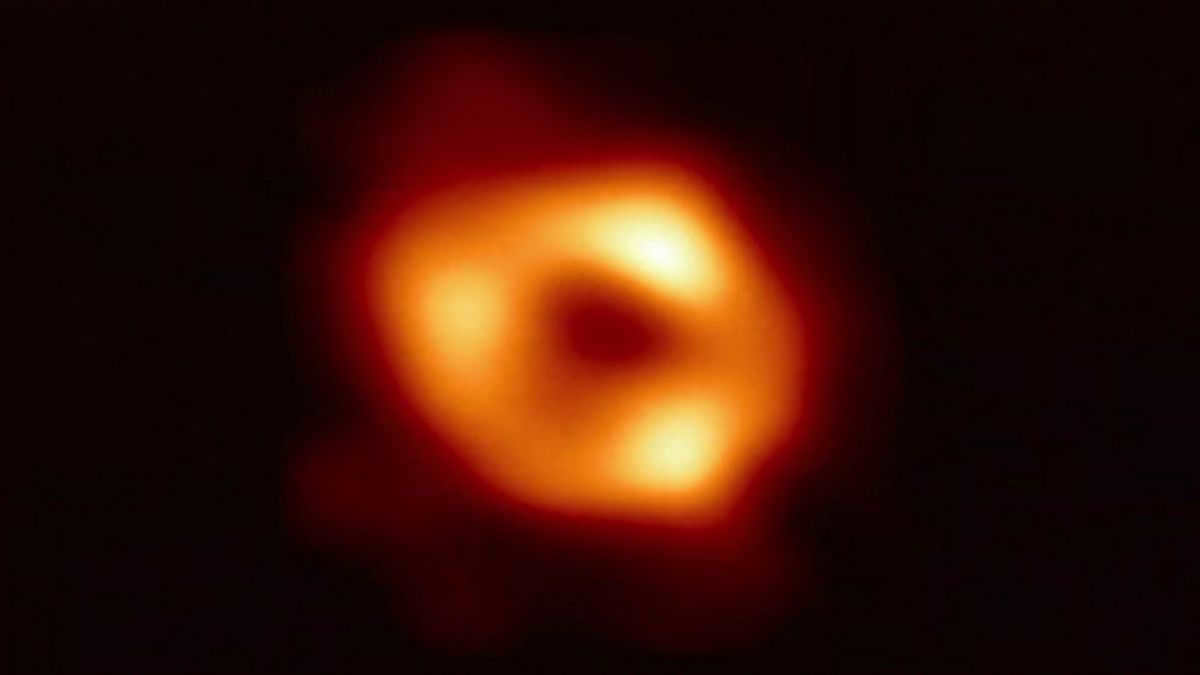
The Unveiling of the Black Hole.
For the very first time, scientists have released a photograph showcasing the black hole situated in the heart of our galaxy. On May 12, 2022, an international team of researchers made history by sharing their groundbreaking discovery.
The Event Horizon Telescope (EHT) was utilized by astronomers to capture an image of Sagittarius A*, the supermassive black hole positioned at the core of the Milky Way.
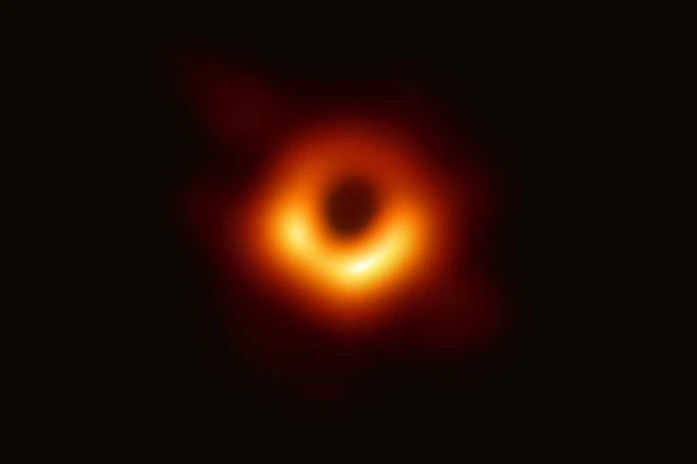
However, one of the main priorities for EHT currently is the black hole that is concealed at the core of our very own galaxy. Referred to as Sagittarius A* or Sgr A* for brevity, this particular black hole is situated 27,000 light-years away from our position and is relatively small in mass; it is merely 4 million times the size of the Sun.
Nevertheless, there are still a few uncertainties regarding whether scientists will manage to capture the event horizon of this black hole. If they do succeed, the resulting image might resemble the one observed in M87.
What is the significance of capturing an image of a black hole?
According to Joss Bland-Hawthorne, an astrophysicist at the University of Sydney, obtaining more information about the characteristics and appearance of the closest black hole can provide valuable insights into the evolution of our galaxy.
However, directly observing black holes is not possible due to the immense gravitational pull at their center, which prevents even light from escaping. To capture an image of a black hole, the Event Horizon Telescope (EHT) utilizes the light emitted by the hot gas swirling near the periphery of the black hole’s disk.
What is the current knowledge about the closest black hole?
Within the core of the majority of galaxies, there exists a supermassive black hole that surpasses the mass of our Sun by over a million times.
For many years, astronomers have held the belief that our galaxy also harbors its own black hole, but the challenge of providing concrete evidence remained. This uncertainty dissipated when two separate groups of scientists from the United States and Germany examined the precise movements of stars surrounding the core of our galaxy during the 1990s.
The astronomers observed these stars for approximately two decades and discovered that their movement was being influenced by an extremely massive, dense, and dark structure. Narrowing down their investigation to a contemporary and smaller area, they determined that it could only be a black hole or an object exhibiting similar behavior. For their groundbreaking work, Andrea Ghez and Reinhard Genzel, who led the research teams, were awarded the Nobel Prize in Physics in 2020.
However, up until now, scientists have only been aware that the black hole at the center of the Milky Way exerts a strong gravitational pull on any objects passing by, with their knowledge being limited to this information.
Discover more
On May 12, 2022, scientists unveiled the inaugural image of a supermassive black hole within the Milky Way galaxy. “Hitech” delves into the details of how and when the image was captured and why it holds greater significance compared to the previous depiction.
The Event Horizon Telescope Collaboration has recently released a remarkable depiction of the Sagittarius A* black hole located in the center of the Milky Way. This awe-inspiring image was made possible through the collection and analysis of data from telescopes spanning the globe. Agence France-Presse had the opportunity to interview Katie Bowman, a key contributor to the project.
Aside from her role as an assistant professor at the esteemed California Institute of Technology, Bowman has achieved notable milestones in her 33 years. She possesses expertise in computational imaging, particularly in the advancement of algorithms designed for the observation of distant phenomena. Notably, Bowman played a crucial role in the development of the software that enabled the publication of the groundbreaking image of a black hole within the remote galaxy M87 in 2019.
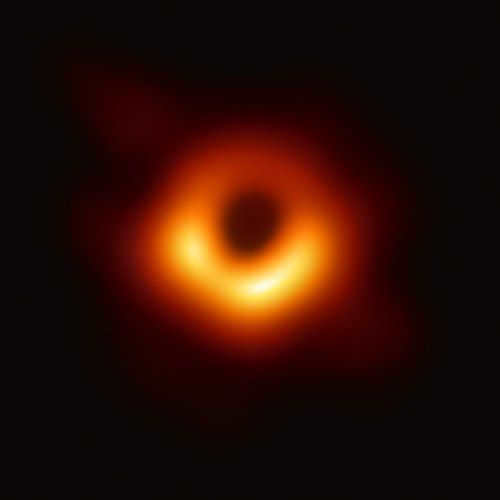
Once again, she has played a crucial part in the formation of a revolutionary depiction of the enormous black hole positioned at the core of our very own Milky Way galaxy, a celestial entity famously referred to as Sagittarius A*. The team led by her within the Event Horizon Telescope Collaboration, which publicly revealed the awe-inspiring representation on Thursday, was assigned the responsibility of reconstructing it from an immense amount of data gathered by telescopes globally.
What makes this image so significant?
The significance of the M87 image lies in its status as the first-ever image of a black hole. However, the ultimate goal of the Event Horizon telescope project has always been to capture an image of Sagittarius A*. This is because scientists wanted to compare their observations with the actual image of Sgr A*.
Therefore, despite being the second image of a black hole, this image is even more remarkable. It provides an opportunity to conduct further tests on our understanding of gravity, as the scientist points out. In fact, EHT project scientist Jeffrey Bauer from the Academia Sinica Institute for Astronomy and Astrophysics stated that scientists were astonished by how accurately the size of the ring aligned with Einstein’s general theory of relativity predictions.
What made the task more challenging?
It appears that the team led by Bowman, along with other researchers, gathered information on both M87* and Sgr A* during the identical week in 2017. Nonetheless, the process of creating a comprehensive depiction of Sgr A* proved to be considerably more time-consuming for the specialists compared to M87*.
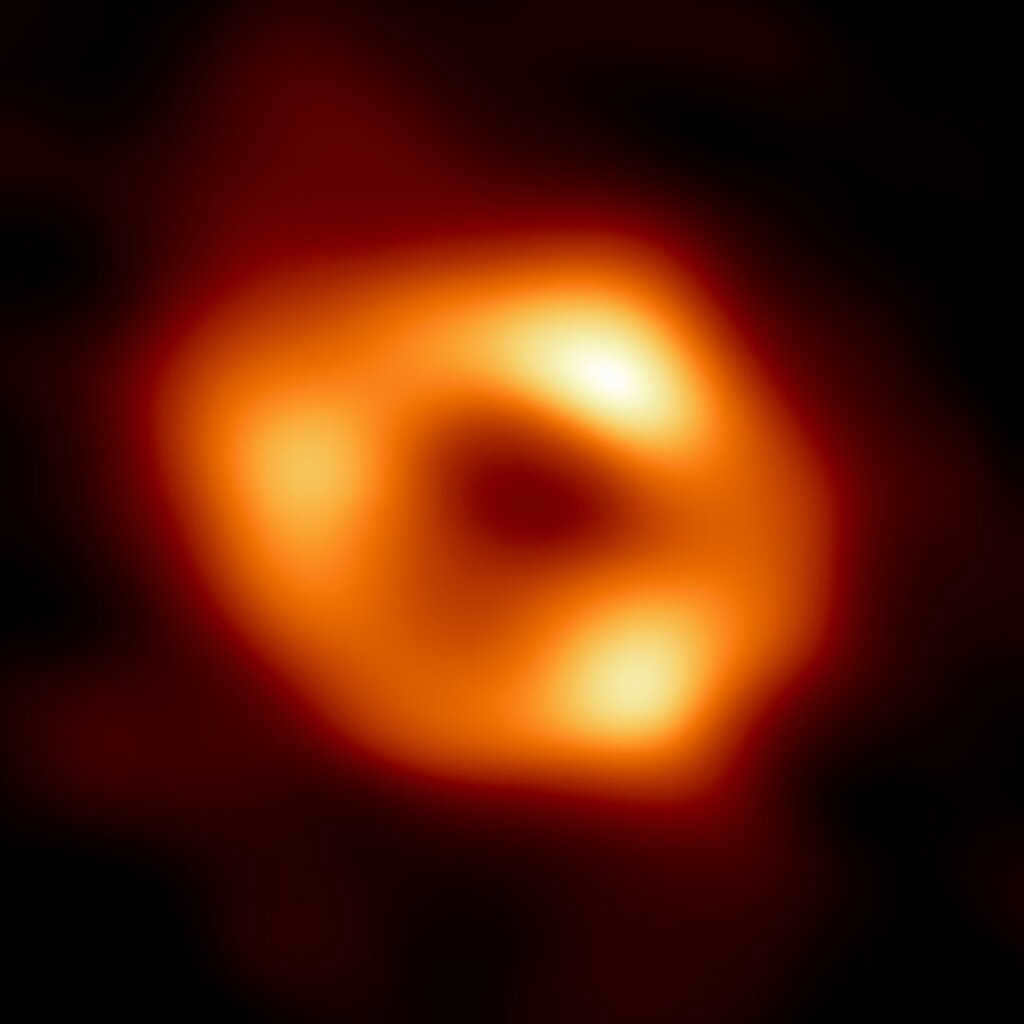
There is a lot of activity happening near the black hole at the center of the Milky Way, and this has posed a challenge for scientists in capturing an image, according to Bowman. “We are actually observing the black hole through the plane of the galaxy. This means that the gas present scatters the image significantly, giving the impression that we are looking at the black hole through a frosted window.” However, this is not the only complication.
What makes it even more complex is the rapid evolution of the black hole. “The gas in M87* and Sgr A is moving at similar speeds. However, while it takes days to weeks for a complete revolution around M87, Sgr A* completes its revolution in minutes,” the scientist explains.





